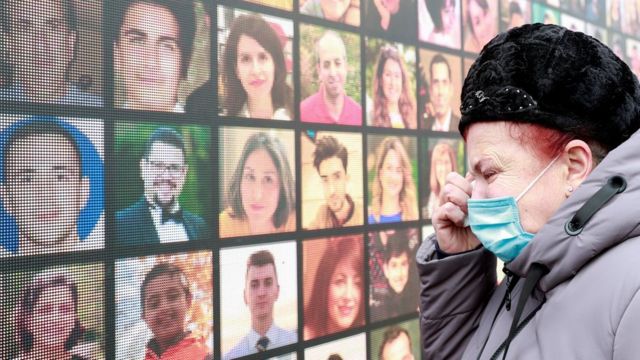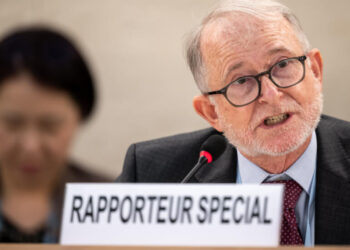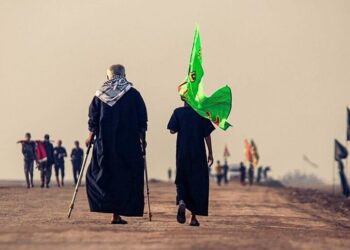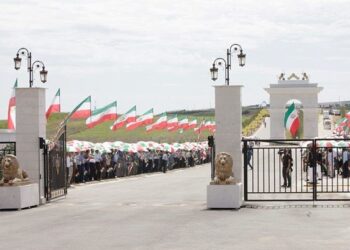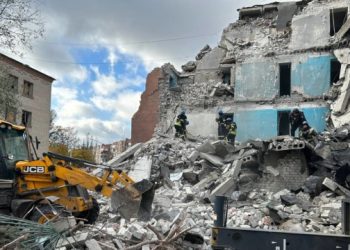Human Lives Human Rights: In the previous part, we examined the downing of Ukrainian Airlines Flight PS752 from the perspective of international law and in this final part, we will review the same from the perspective of human rights.
Another dimension of the human rights implications of the Ukrainian passenger plane crash is the distinction between the situations of war and peace. The IRGC’s firing on a passenger plane is an unlawful act that resulted from an error or accident, and it falls under the scope of human rights law.
There are important differences between the law of war and human rights law. In peacetime, human rights law only allows the use of lethal force in situations of self-defense. Outside of war, a person has the right to kill someone who poses a threat to their life. Another important difference between war and peace is that during and after war, combatants who did not violate the law but killed enemy forces are never punished. Therefore, if Iran and the US were at war, or if Iran was involved in a war in Syria, the claim that Mr. Soleimani’s bloodshed was a reason for his killing has no legal basis. However, if he committed organized terrorist acts and violated international law, he should have been prosecuted by international legal authorities. Even if such measures were not feasible, his killing on this charge is dubious and is an example of arbitrary action by the US government. Of course, it may never be clear whether Iran’s downing of a passenger plane was a deliberate or a negligent act (both are violations of international law), but the question remains: if the US had not killed Qassem Soleimani, would the 176 passengers of the Ukrainian plane still be alive?
Another issue that can be observed in the human rights analysis of this complex case is the violation of the rights of the victims by the Iranian government, security forces and judicial system. More than two years have passed since this tragedy occurred, and as mentioned before, no report of the judicial process of this case has been presented in Iran. In the first days after Iran officially admitted its responsibility for targeting the plane, it was announced in Iran’s national news that six people had been arrested and prosecuted as suspects in this case, but their names and positions were never disclosed and no further information was provided on this matter.
Another aspect of the human rights violation of this case involves the pressures that the Iranian government has exerted on the families of the victims of this tragedy. According to a report by Deutsche Welle on May 27, 2021, quoted by Human Rights Watch:
From October 2020 to January 2021, Human Rights Watch spoke with 31 relatives of the victims and people with direct knowledge of the authorities’ treatment of the families. According to the families of the victims, Iran’s security institutions have arbitrarily arrested, summoned, interrogated and ill-treated the family members of the victims.
The report also states that these institutions have not returned the belongings of the victims to their relatives and have interfered in their burial and memorial ceremonies. Hamed Esmailiyoun, who lost his son and wife in the downing of this plane by the IRGC, reported that they had collected and destroyed the remaining belongings of the passengers and parts of the plane and had burned them three times in deserts near Tehran.
On December 20, 1400 (December 11, 2021), an interview with Dr. Mohsen Asdilari and Zahra Majid (parents of Mohammad Hossein and Zainab Asdilari who died in this incident) was published in Sharq newspaper. According to them, Hossein Salami, the commander of the IRGC, visited them secretly about forty days after the incident and told them that if the Ukrainian plane had not crashed, there would have been a war with America.
According to this information, Iran used flight PS752 as a human shield to prevent a war with America. If this claim is proven, Iran’s action is considered a clear example of a crime against humanity and Iran’s military and government leaders should be held accountable. In addition to that, the UN Security Council can impose severe sanctions on Iran for this crime.
In this article, we tried to inform the audience about the facts, dimensions and perspectives without considering the conventional media biases. In addition, we examined the technical and legal aspects and proved that Iran’s crime was decisive in this disaster. Besides, the negligence of the Iranian authorities in pursuing the case is evident, and there is a suspicion that Iran wants to make this crime forgotten by deliberate negligence and using the passage of time.

